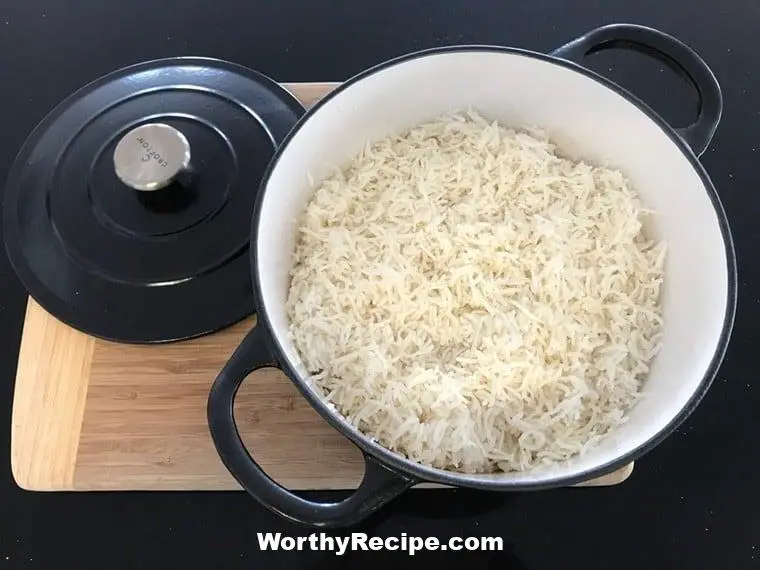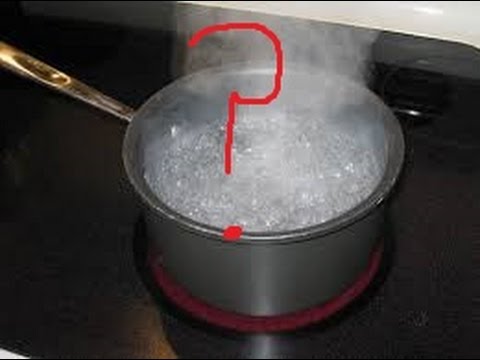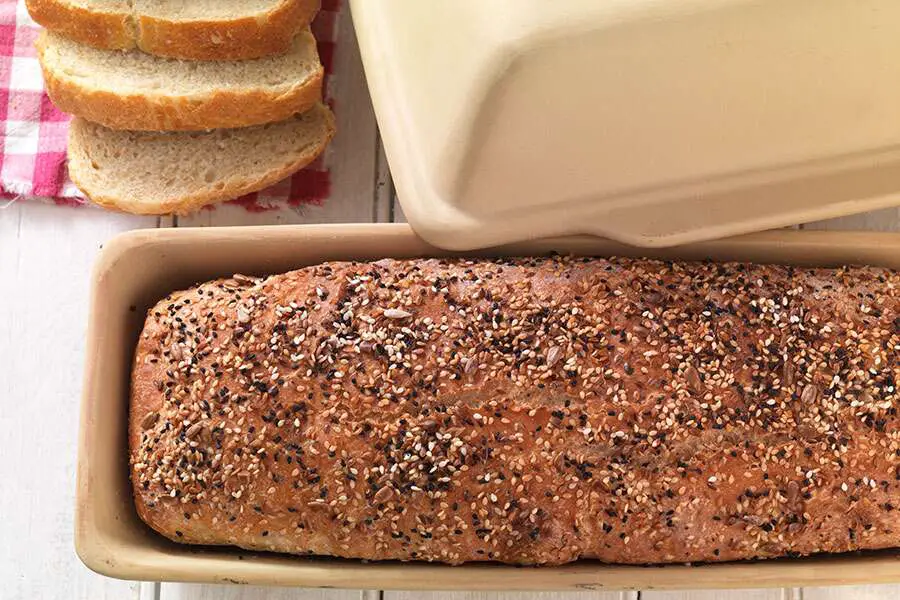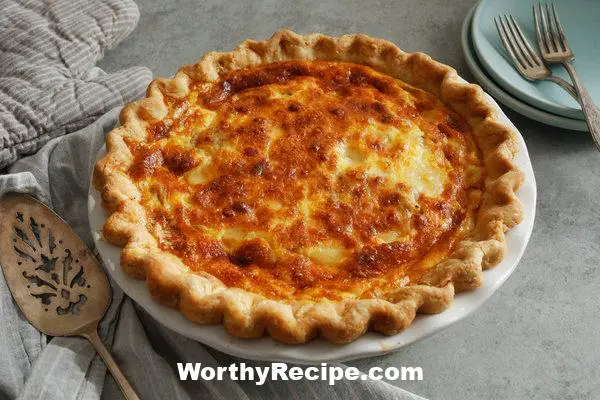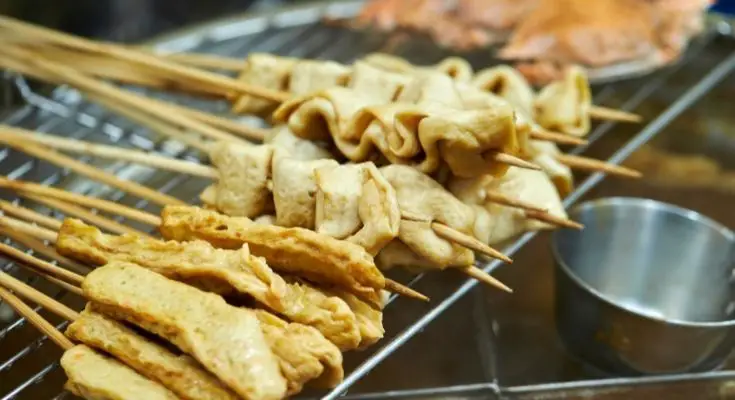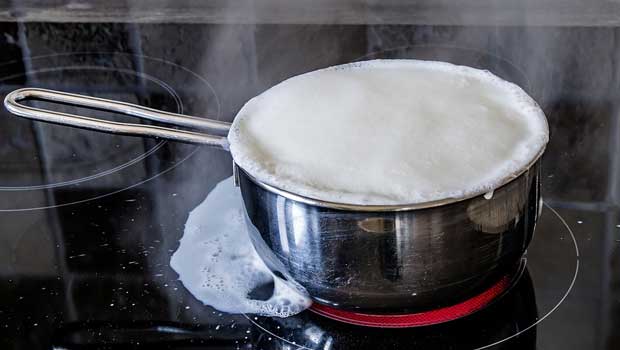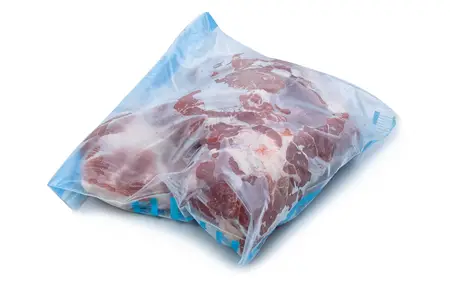Which Metal is Best for Cooking Rice?
Cooking rice is a staple in many households around the world, but selecting the right metal for the job can be a daunting task. Not all metals are created equal, and some may alter the texture and taste of the rice. In this article, we will examine the different types of metals used for cooking rice, their properties, pros and cons, how they affect the rice, and special considerations for specific rice dishes.
Types of Metals
Stainless Steel
Stainless steel cookware is popular due to its durability and non-reactive properties. It is also easy to maintain and clean. However, not all stainless steel cookware is created equal. Stainless steel cookware with copper or aluminum cores distribute heat better than those without.
- Pros: Non-reactive, durable, easy to maintain.
- Cons: Poor heat conductivity.
Non-Stick Coatings
Non-stick coatings are often applied to pots and pans made of aluminum or stainless steel. This coating prevents sticking and makes cleaning easier. However, non-stick coatings can wear out over time and must be replaced frequently.
- Pros: Prevents sticking, easy to clean.
- Cons: Requires frequent replacement due to wear-and-tear issues.
Aluminum
Aluminum cookware is known for its excellent heat conductivity. It is lightweight and affordable but can be prone to warping or damage when exposed to high temperatures.
- Pros: Good heat conductivity, lightweight, affordable.
- Cons: Prone to warping or damage under high temperatures, can react with acidic foods.
Copper
Copper cookware is the most expensive option on the list due to its strong heat conductivity and durability. However, copper can react with acidic foods, which can result in a metallic taste and discoloration of the rice if not properly cleaned.
- Pros: Good heat conductivity, durable.
- Cons: Expensive, reactive with acidic foods.
Factors to Consider when Choosing a Metal for Cooking Rice
When choosing a metal for cooking rice, there are several factors to bear in mind:
Conductivity
The metal’s ability to distribute heat evenly across its surface area is crucial for cooking rice without burning or undercooking it. Look for cookware that delivers consistent and even levels of heat for best results.
Reactivity with Acid
Some metals like aluminum and copper are more prone to react with acidic foods than others. This chemical reaction can affect the taste and color of the rice. Stainless steel and non-stick coatings are less reactive.
Durability
Cookware that can withstand high temperatures without warping or damage should be considered for rice cooking.
Maintenance
Cookware that is easy to clean, preserve, and maintain should be selected. Pots and pans that have non-stick coatings are easier to clean as they do not stick or burn food as easily as other metals.
Price Point
The cost of cookware can vary greatly. Consider your budget when selecting a metal for cooking rice.
How Does Each Metal Affect the Rice?
The metal you choose to cook your rice can affect the texture, taste, and nutritional value of the rice.
Texture
Cookware made of copper or aluminum can distribute heat more evenly, which results in fluffier and better-textured rice. However, cookware made of stainless steel or non-stick coatings may produce denser rice with less fluffiness and a slightly chewy texture.
Taste
The metal used in cooking your rice can affect its taste. Cookware made of copper can result in a metallic taste if not adequately cleaned and maintained. Aluminum cookware may result in subtly affected flavors, while stainless steel and non-stick coatings are less likely to change the flavor of the rice.
Nutritional Value
Using metals like copper or aluminum to cook acidic foods like tomatoes or citrus fruits can add trace amounts of these elements to your food, which can have health benefits. If you are keen on adding minerals like copper to your diet, consider using copper pots to cook rice.
Comparison between Different Metals when Cooking Rice
To help narrow down the best metal for cooking rice let’s compare how each metal performs concerning three areas:
Rice absorbency among different metals
Stainless steel and non-stick coatings do not induce much stickiness on rice cooked on them, leading them to be excellent options for short-grain Japanese sticky rice (known as Sushi). Aluminum and copper pots render less efficient results than their stainless-steel equivalents.
How each metal affects time and temperature required to cook rice
In terms of cooking time, copper and aluminum cookware heated faster than their stainless steel counterparts. Cookware made of copper requires less time to cook rice, as its excellent heat circulation reduces the cooking time needed to prepare fluffy and evenly cooked rice. Stainless steel and non-stick coatings take longer to warm up due to their poor conductivity.
Comparison in terms of effort required to avoid burning or sticking rice to the metal
Copper and aluminum pots may need grease or oil applications to prevent grains of rice from sticking on them while cooking. Non-stick coatings require less oil or grease for meal preparations, making it ideal for healthy living enthusiasts who closely monitor their calorie intake levels, while stainless steel cookware needs frequent stirring during the cooking process.
Special Considerations for Selecting Metals based on Rice Cuisine or Dish
The type of cuisine can determine the type of metal suitable for cooking your rice.
Sushi Rice
Sushi rice is a short-grain variety that’s essential for making sushi rolls and other Japanese dishes. For this type of rice, consider using stainless-steel or non-stick coating due to its sticky texture.
Sticky Rice
Known as glutinous rice in some cultures, sticky rice benefits especially from copper pots’ excellent heat conductivity. This feature ensures even warmth throughout the pot, resulting in uniform sticky consistency on the grain.
Biryani
Biryani is a South Asian dish consisting of mixed spices, basmati rice, and meat or vegetables. For this type of dish, consider using copper cookware because they spread heat evenly throughout the pot.
Plain Boiled Rice
If you plan on serving plain boiled rice, any metal can be used to prepare it. However, if you want an optimal and consistent texture, it’s recommended to use a stainless-steel pot that has a copper or aluminum core to expedite the heating process.
Care and Maintenance of Cooking Vessels in Different Metals
Regardless of the metal you choose to cook your rice, preserving and maintaining your cookware is essential for longevity and best results.
Cleaning Tips based on the Type of Metal Used
- For stainless steel pots, avoid harsh cleaning detergents, which can scratch the surface of the cookware.
- Non-stick coating should not be scrubbed vigorously or cleaned with abrasive sponges.
- Aluminum and copper require careful cleaning because they are more susceptible to corrosion. Avoid soaking them in water for extended periods.
Prevention of Rusting, Corrosion and Burning
- To prevent rusting or corrosion, ensure that metallic pots remain dry after washing. Store them in clean and dry conditions to minimize exposure to moisture and humidity.
- Burning is prevented by regulating heat sources during cooking. Excessive heat can damage your cookware, while low heat may lead your rice being undercooked.
Overall Summary: Which Metal is Best for Cooking Rice?
In conclusion, determining the best metal for cooking rice depends on several factors such as its ability to distribute heat evenly across its surface area, reactivity with acid, durability, maintenance requirements, price point, texture, taste and nutritional value. Stainless steel is often preferred because it offers a non-reactive surface while also being easy to maintain. On the other hand, copper has excellent heat conductivity and distributes heat evenly throughout the pot, making it an excellent choice for dishes like biryani. Ultimately, choose the metal that best suits your needs in terms of cooking style and budget.
References
- Melvin, J. (2019). The Science of Cooking: Every Question Answered to Perfect Your Cooking. New York: DK Publishing.
- Hayward, L. (2019). The Essential Book of Fermentation. New York: Avery.
- Bruno, A. (2018). How to Cook Rice in Any Kind of Pot – No More Mess or Burnt Rice!. FOOD & WINE.
Keywords
Metal, cooking rice, stainless steel, non-stick coatings, aluminum, copper, conductivity, reactivity with acid, durability, maintenance requirements, price point, texture, taste,nutritional value,rice absorbency
#### Q: What metal should I use to cook rice?
A: The best metal for cooking rice is either stainless steel or aluminum. These metals are great at conducting heat evenly which will result in perfectly cooked rice.
#### Q: Why are stainless steel and aluminum the best metals for cooking rice?
A: Stainless steel and aluminum have a high thermal conductivity which means they can heat up quickly and distribute the heat evenly. This is important when cooking rice as you want all the grains to cook consistently.
#### Q: Can I use other metals to cook rice besides stainless steel or aluminum?
A: While you can technically use other metals to cook rice, they may not provide even heat distribution resulting in unevenly cooked rice. It’s generally best to stick with stainless steel or aluminum.
#### Q: Is non-stick cookware good for cooking rice?
A: Non-stick cookware may not be the best choice for cooking rice as it can interfere with the absorption process of the water into the grains. Additionally, high temperatures can damage non-stick coatings over time, making it a less durable option.
